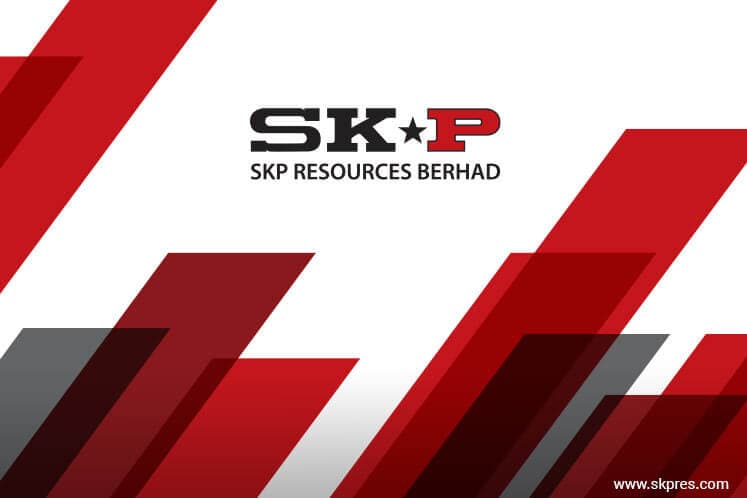
This article first appeared in The Edge Financial Daily on July 21, 2017
SKP Resources Bhd
(July 20, RM1.34)
Upgrade to outperform with a higher target price (TP) of RM1.60: We came away from a recent plant visit feeling more positive on SKP Resources Bhd’s medium-term prospects.
Several strategic measures have been initiated to strengthen the group’s manufacturing capabilities which could drive revenue growth momentum further with enhanced profitability. Although we have yet to account for the positives, the risk reward ratio is appealing at this level, even with our conservative forecasts.
Recall that SKP has been struck by a series of unfortunate events in financial year 2017 (FY17),which are short-term cost pressures resulting from the hiring of higher-cost contract workers as a result of policy changes, as well the teething issue of new products ramp-up.
While all these unforeseen events have reset the group’s profitability to a new low in the nine months of FY17 at about 5%, the group managed to strike back with a swift improvement with the last quarterly results coming in well within our and the consensus forecasts, alongside margin improvement (at 5.6%). With its resolved labour issues, coupled with better operational efficiency, we believe the group’s profitability could get back to the >6% mark.
We gather that orders for its main revenue drivers — the box-built products which will contribute at least RM1.7 billion to RM2 billion from FY18 to FY19 — are still intact. While top-line growth remains decent with a two-year revenue compound annual growth rate (CAGR) of 16% (mainly from the base case assumption of the total announced RM1.1 billion contracts), we believe the key potential catalyst in the medium term is potentially better profitability (beyond the current level) which could be reaped from its new printed circuit board assembly (PCBA) services.
Note that currently, the group is sourcing the PCB parts from the other suppliers. To further improve its profitability as well as its capability as a complete integrated “one-stop” electronic manufacturing services (EMS) service provider, the group on April 2017 announced its long-term strategic plans to expand into PCBA and other EMS-related services.
During our recent visit, we were delighted to gather that the PBCA set-up will be up and running in fourth quarter 2017, which will utilise 25% space in its new plant. While we have yet to account for the margins accretion from the PCBA services given the scarcity of details, we see potential margins improvement from our current conservative core net profit (CNP) margin assumption of 5.6%-5.7%, judging from the trend of other EMS players with in-house PCBA capability.
On top of the margins accretion, it is also noteworthy that with more complete integrated one-stop EMS services, this will enhance the group’s possibility of winning more contracts from major customers.
Among the major EMS players in Malaysia, SKP has been trading as a laggard with two-year forward price-earnings ratio (PER) (consensus) of only 10.4 times as opposed to other EMS players trading at two-year forward PER (consensus) of 12 times to 13 times with PCBA capability.
Even at our very conservative FY19E (estimated) earnings which are 8% below the consensus (with only two-year net profit CAGR of 19% with CNP margin assumption of 5.7%), they are only trading at 11.1 times which is still lagging compared with its peers.
We reckon that the premium for its peers stems from the more complete manufacturing capabilities. Now, with the group’s in-house PCBA capability coming in place coupled with the resolution of previous problems, we see better risk-reward ratio from here.
While we made no changes to our FY18E/FY19E earnings, we roll over our valuation base year to FY19E. All in, with an unchanged PER of 13.5 times (which is the average three-year forward PER) being ascribed to FY19E earnings per share, our TP is increased from RM1.40 to RM1.60.
Risks to our call include: lower-than-expected orders from its customers, higher input costs, and single customer concentration risk. — Kenanga Research, July 20